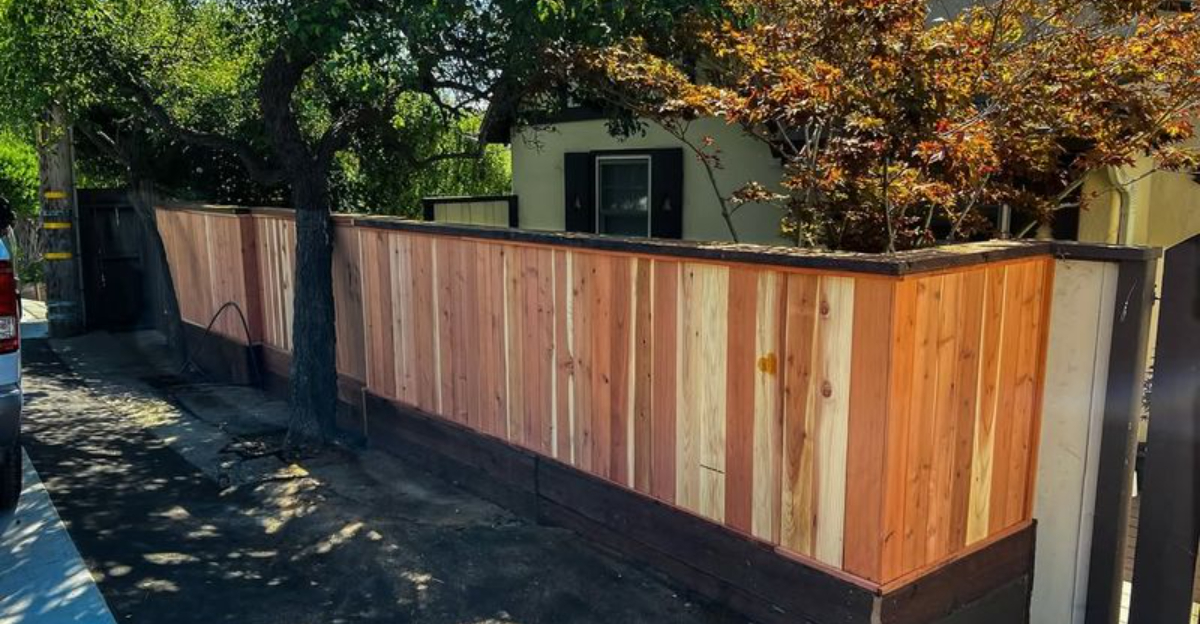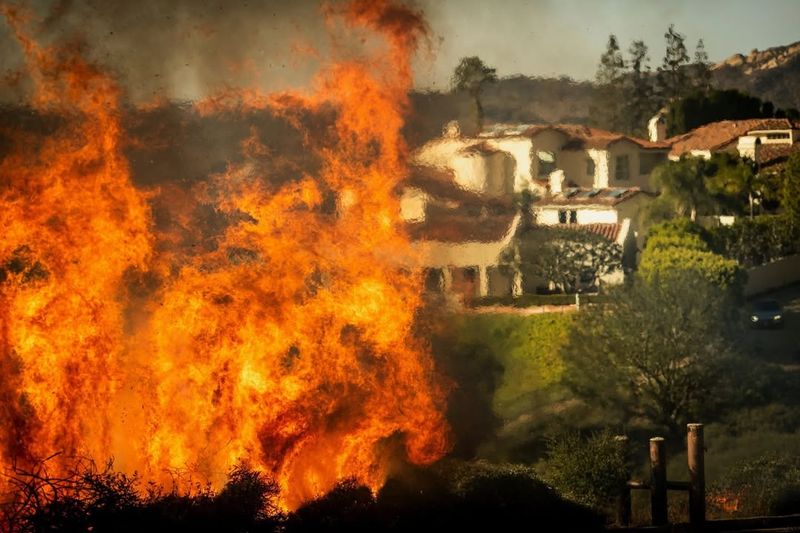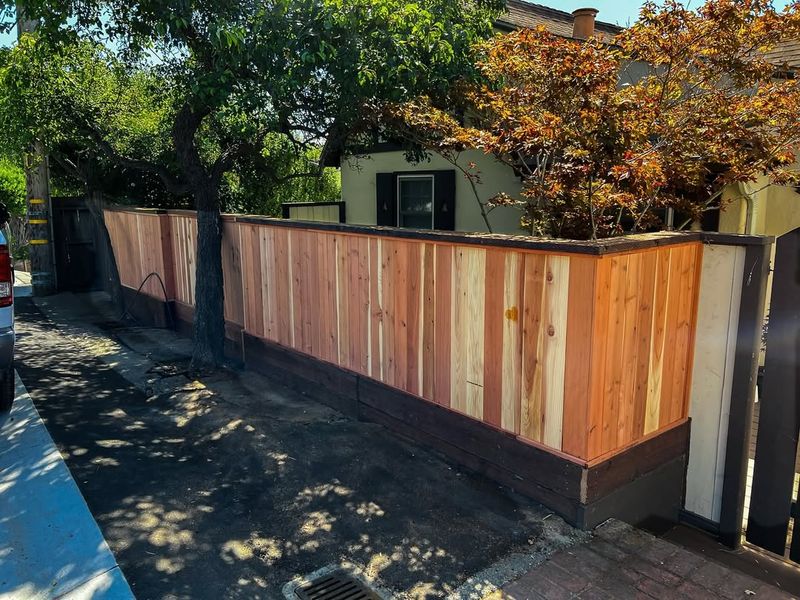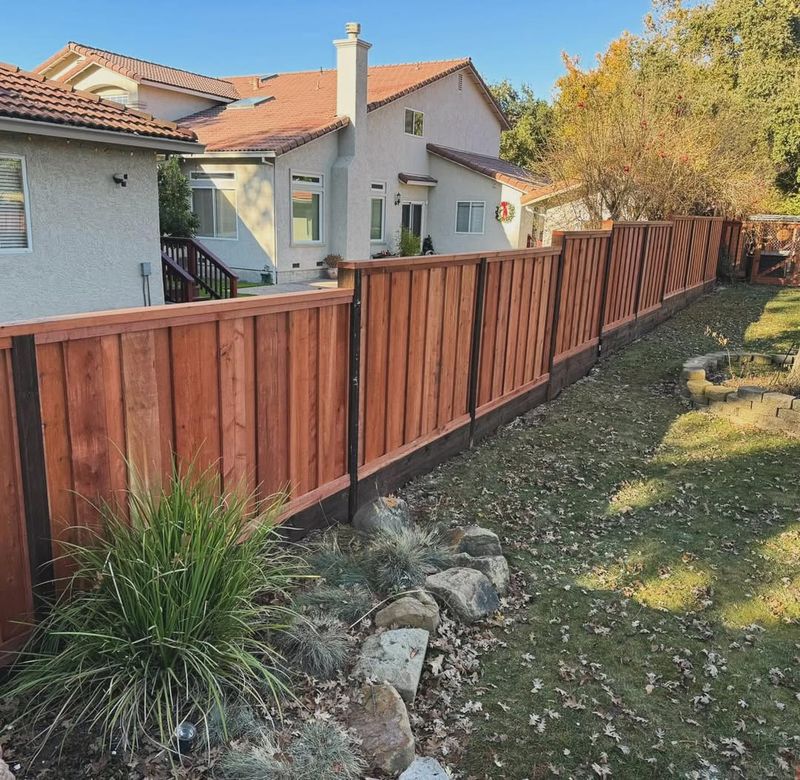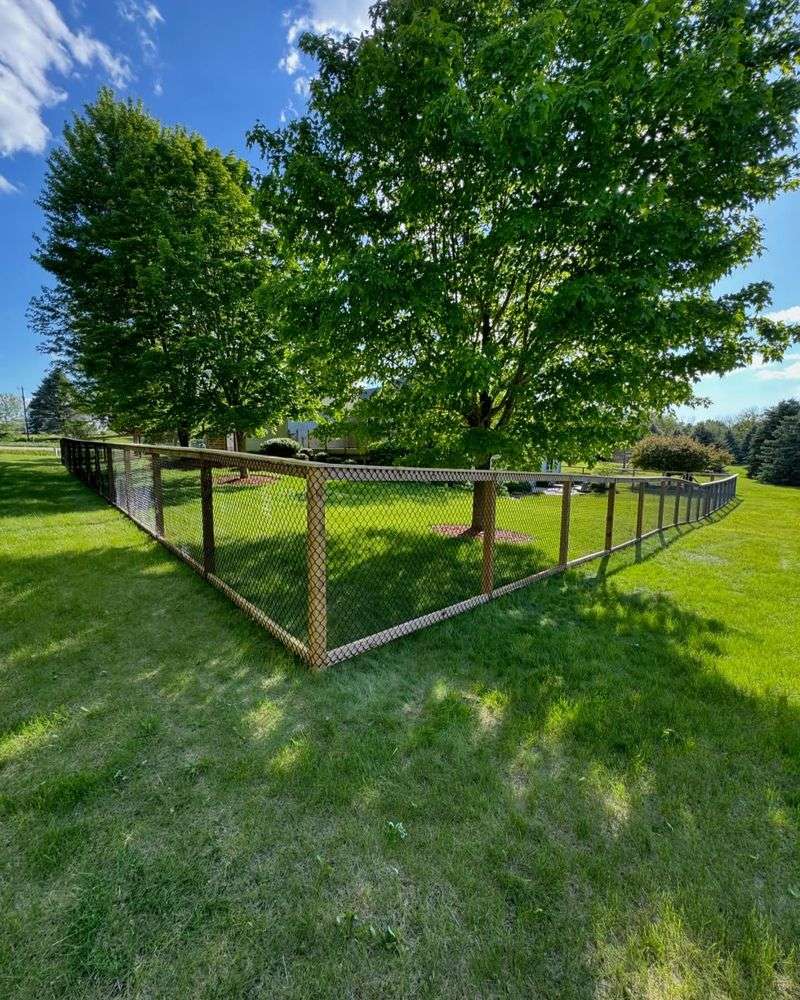California homeowners are getting an unexpected wake-up call as new safety concerns put traditional wood panel fences under the microscope. I’ve watched this issue catch fire quickly, and it’s no surprise why. In high-risk areas, a wood fence can act like a fuse, giving flames a running start toward a home.
With wildfire seasons growing harsher and sparks traveling farther, officials are taking no chances. Homeowners may soon need to rethink the classic backyard look as fire-smart rules gain ground and push wood panel fences out of the danger zone.
1. Wildfire Risk Increases Dramatically
Wood fences act like highways for flames during wildfires, carrying fire directly to homes. California’s dry climate makes wooden structures especially dangerous because they ignite quickly and burn intensely.
State fire marshals have documented numerous cases where fires jumped from fences to houses. Embers from distant wildfires can land on wood fences and start new blazes.
Replacing wood with fire-resistant materials could save countless homes and lives during fire season.
2. Insurance Companies Pressure Policyholders
Many insurance providers now refuse coverage or charge higher premiums for homes with wood fences in fire zones. Companies calculate risk based on how easily your property could catch fire.
Some insurers send inspectors to check fence materials before renewing policies. Homeowners with wooden fences might face policy cancellations or expensive upgrades requirements.
Switching to metal or composite fencing can lower insurance costs and guarantee continued coverage in high-risk areas.
3. State Building Codes Evolve
California regularly updates construction standards to reflect current safety knowledge and environmental concerns. Recent code revisions focus heavily on creating defensible space around structures.
New regulations may soon require non-combustible fencing within certain distances from buildings. Local governments across the state are already adopting stricter rules than previous years.
Builders and homeowners need to stay informed about changing requirements to avoid costly violations or reconstruction projects down the road.
4. Climate Change Makes Conditions Worse
Rising temperatures and longer droughts turn ordinary wood into perfect kindling throughout most of the year. What used to be seasonal fire danger now extends across multiple months.
Scientists predict California will experience more extreme weather patterns and hotter summers ahead. Wood fences that were once considered safe now pose year-round threats.
Adapting property features to match the changing climate protects investments and keeps neighborhoods safer for everyone living nearby.
5. Maintenance Costs Keep Rising
Wooden fences demand constant attention through painting, staining, and replacing rotted boards every few years. California’s weather extremes accelerate deterioration faster than in other states.
Labor and material costs for fence maintenance have skyrocketed recently, making wood increasingly impractical. Neglected wooden fences become eyesores and safety hazards that decrease property values.
Alternative materials like vinyl or metal require minimal upkeep and last decades longer, saving money and hassle over time.
6. Community Safety Standards Tighten
Homeowner associations and municipalities are creating stricter guidelines to protect entire neighborhoods from fire spread. One property’s wooden fence can endanger surrounding homes during emergencies.
Communities that experienced wildfires are leading efforts to ban combustible fencing materials completely. Residents increasingly support these measures after witnessing devastating losses.
Working together on fire prevention creates safer streets where families can feel secure about their futures and property investments.
7. Legal Liability Concerns Grow
Homeowners whose wooden fences contribute to fire damage on neighboring properties may face serious lawsuits and financial responsibility. Courts increasingly hold property owners accountable for preventable hazards.
Legal experts warn that insurance might not cover damages caused by non-compliant fencing materials. One spark from your fence could result in millions of dollars in liability.
Proactively upgrading to approved materials protects you from potential legal nightmares and demonstrates responsible property ownership to your community.
8. Environmental Impact Matters More
Manufacturing and replacing wooden fences contributes to deforestation and generates substantial waste in landfills across California. Environmental awareness is pushing homeowners toward sustainable alternatives.
Modern fencing options use recycled materials that perform better and last longer than traditional wood. State incentives sometimes help offset costs for eco-friendly upgrades.
Choosing environmentally responsible materials aligns with California’s conservation goals while providing superior protection and durability for your property boundaries.

